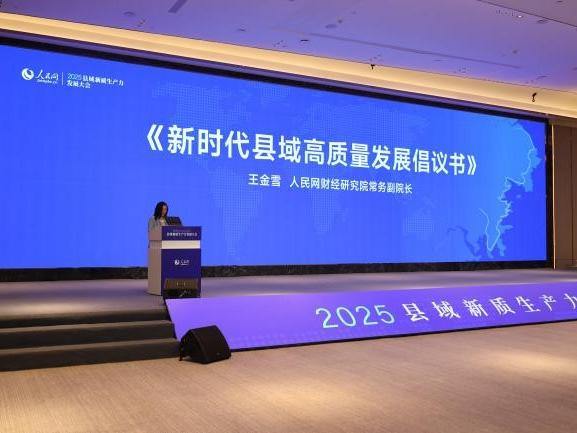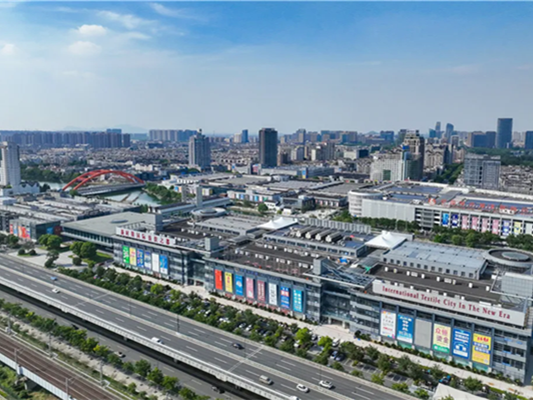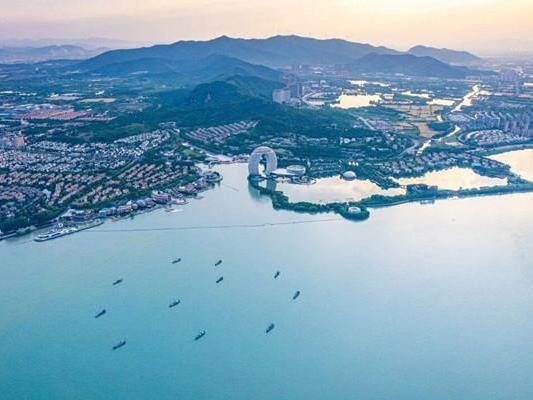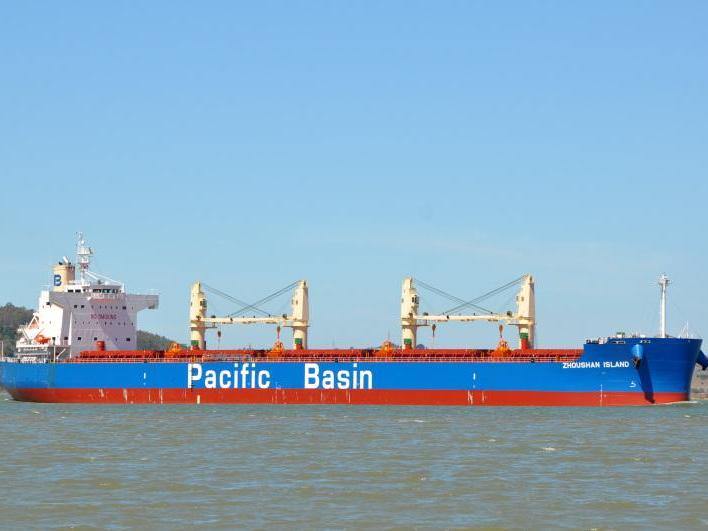Good governance is increasingly being regarded as a vital stimulator that drives us towards a good society. While in contrast, bad governance, as the UN's Economic and Social Commission for Asia and the Pacific (ESCAP) mentions is increasingly seen as one of the deep-seated causes of all evil within our societies.
In the article entitled "What is Good Governance?" by ESCAP, the author proposes what good governance should look like, the case which usually includes eight characteristics - It is participatory, consensus-oriented, accountable, transparent, responsive, effective and efficient, equitable and inclusive and follows the rule of law.
For a society as big and hybrid as China, it is always a big task of societal management. In East China, there is a province that recently has been upgraded its profile as "an important window for demonstrating the strengths of socialism with Chinese characteristics in the new era". As it is known to many people keen on China studies, with a land area of 101,800 square kilometers, Zhejiang is one of the smallest provinces in China. But why this "dapper little man" stands out from all of his brothers and becomes a giant who is worth learning from.
Let's look at some statistical highlights of Zhejiang. In terms of economic aggregate and national income level, Zhejiang has now reached the level of high-income economies and entered a transitional stage of high-quality development. With 1% of the country's land and 4% of the population, Zhejiang created 6.23% of the country’s GDP. The GDP per capita grew from 331 yuan in 1978 to 108,700 yuan in 2019. The total GDP of Zhejiang in 2019 was 6,235.2 billion yuan, close to the Netherlands, which ranked 17th in the world in 2018. The per capita disposable income of urban residents has ranked 1st in the country's provinces for 19 consecutive years; the per capita disposable income of rural residents has ranked 1st in the country's provinces and regions for 35 consecutive years.
If you are still impressed with the dazzling achievements of Zhejiang, then let's do some research behind those highlights to get more understanding about this vibrant East China's province.
The pillars that support the development concepts of Zhejiang should by no means be neglected. They are the principles of "innovation", "coordination", "green", "openness", and "sharing".
Zhejiang's economic innovative development, especially the development of the digital economy, has taken the lead in the country, and many new industries have emerged in Zhejiang first. Digital empowerment has been fully developed, and digital applications have covered many economic and social fields such as commerce, tourism, transportation, and medical care, creating a "Zhejiang model" for the comprehensive development of the digital economy.
Zhejiang insists on planning its overall development from a higher level and with a broader vision and promotes urban-rural coordination and regional coordination. Zhejiang actively participates in the integrated development of the Yangtze River Delta, vigorously promotes the collaboration of mountainous and coastal areas, inter-provincial cooperation, urban and rural market coordination. Zhejiang has now become one of the provinces in China with a minimum income gap.
Green development has been the golden trademark of Zhejiang. Zhejiang has adhered to the vision that "lucid waters and lush mountains are indeed mountains of gold and silver", and has opened up a new path for the integration of economic development and ecological protection. Zhejiang’s Xianju County is the first county in the country to build a green development index system, cancel the township GDP assessment, and maintain the growth rate of per capita disposable income of urban and rural residents above 9% in the past 8 years, innovating a green-led development model. Anji County, Chun'an County, and Pujiang County have also taken measures such as turning resources into assets, building special ecological function zones, and industrial transformation and upgrading, seeing remarkable results in protecting the ecological environment.
Zhejiang has built a new pattern of opening up on all fronts. Yiwu, Beilun, Yuyao, Jiashan, and other places have become important points linking global trade and industry. The cargo throughput of Ningbo-Zhoushan port has ranked first in the world for 11 consecutive years, and Yiwu City’s daily express delivery volume has reached 150,000 pieces. These figures clearly show that Zhejiang’s practice is a vivid case of China's reform and opening-up policy.
Zhejiang spares no effort in promoting people-centered modernization, and always tries to become a comfortable home for all. In 1997, Zhejiang first in China to remove counties from the country's poverty list. And in 2020, people's satisfaction with public security stayed above 96%. By improving services and social protection, Zhejiang is striving to enhance the sense of prosperity for its people.
If you are keen on study China in a bite-sized manner, then the case of Zhejiang can be top of your research list. The principles of development concepts mentioned above not only work on Zhejiang but also apply to the whole country. By looking at Zhejiang, you can see the bright future of China.
(Written by Zhang Mingmin, Ye Ke, Edited by Ye Ke)




